JMSDF’s Original Role
What is the mission of Japan’s Maritime Self-Defense Force (JMSDF)?
Of course, protecting Japan from enemy invasions and securing vital shipping lanes, but there is a twist in the former part.
Because Japan’s defense strategy fundamentally relies on US intervention, the JMSDF’s wartime role had long been to escort the US Navy to nearby war-zones.
Specifically speaking, the JMSDF was expected to clear any enemy submarines and sea-mines, setting the stage for the US carrier fleets to perform their power projection capabilities.
Such design was maintained throughout the Cold War, earning JMSDF the nickname “the auxiliary force” of the US Navy’s 7th Fleet.

Regardless of these sarcastic reputations, the JMSDF certainly rose to one of the world’s most capable submarine hunters and mine-sweepers, if not the best.
Given the Cold War era politics and US superiority, the idea of keeping JMSDF in the supplementary position was mutually beneficial, with Japan being able to divert resources elsewhere whilst the US could prevent any revival of the Imperial Japanese Navy.
But, the recent expansion of the Chinese Navy and relative decline of US naval power has drastically changed things to a degree where the US requires Japan to once more possess a strong navy with independent operational capability.
From 47 to 54 Ships
Aside from Washington’s insistence, Tokyo has already been refocusing on its naval assets by introducing new frigates, expanding the submarine fleet, and increasing the number of surface combat ships.
Although the JMSDF’s surface fleet was reduced from 50 to 47 ships during the post Cold War budget cuts, the 2013 National Defense Program Guidelines (NDPG 25) has finally reversed this trend, aiming for a total of 54 combat vessels.
It is important to note that while this figure includes the Izumo-class light carriers and Hyuga-class helicopter carriers, it does not count the Hayabusa-class missile boats or other auxiliary ships.
Furthermore, the NDPG 25 has not just expanded the surface fleet, but also intends to reorganize the entire fleet structure into a more versatile one.
Traditionally, the JMSDF had two surface fleets for combat roles – the mobile flotillas and the coastal flotillas. The former is considered as the main naval force, which can be broke down into four smaller fleets, with eight destroyers each.
On the other hand, the five coastal flotillas were responsible for coastal defense, and normally used smaller ships or old hand-me-downs from the mobile flotillas.
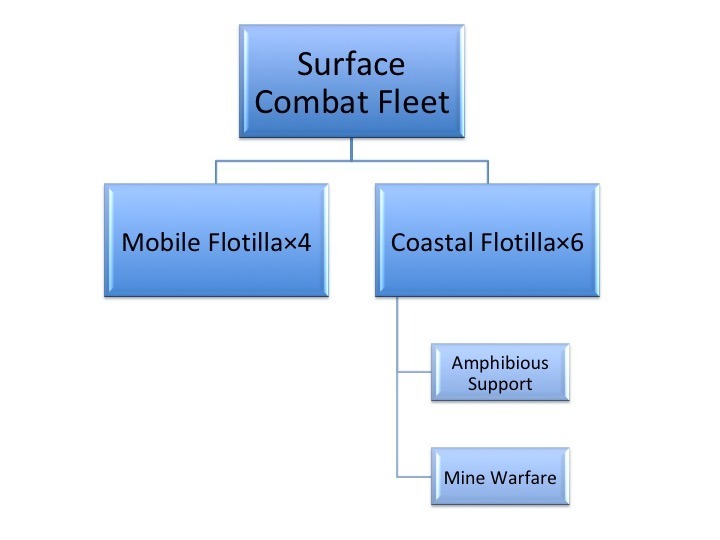 The new surface combat fleet structure
The new surface combat fleet structure
The NDPG 25 has altered this relationship by adding one more coastal flotillas and operating them as mobile task units similar to the conventional mobile flotillas.
Following this change, the NDPG 30 laid out in 2019 remarkably upgraded the coastal flotillas by incorporating the new Mogami-class frigates, while sub-dividing the fleets into mine warfare units and amphibious support units.
To sum up, the mobile flotillas will continue to focus on securing maritime superiority and assisting the US Navy, whereas the coastal flotillas will take on new roles such as supporting amphibious operations in addition to coastal defense.
The Quality & Quantity Issue
In this manner, JMSDF is trying to counter the Chinese Navy by increasing fleet size and reorganizing them into more flexible units.
While 54 surface combat ships seem impressive, at least on paper, this number is hardly enough in a one-on-one comparison with China, which has around 60 destroyers and 55 frigates (and this is not counting corvettes and missile boats).
However, the real problem is not the numerical disadvantage that does not take the US Navy and other ally navies into account. The critical issue for Japan is the lack of sailors necessary to operate the existing vessels.
Japan could theoretically expand its surface fleet beyond 54 ships, but who is going to run them when JMSDF is struggling to keep its current configuration afloat.
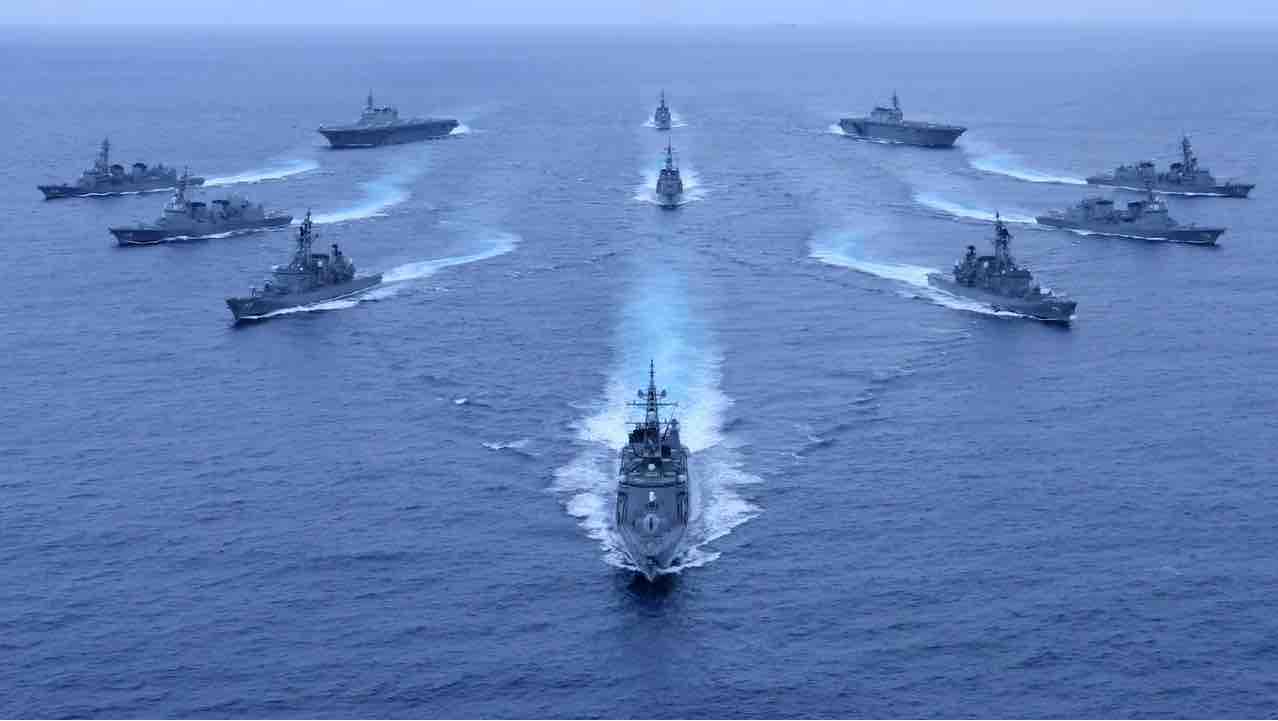 Impressive, but hard to maintain (photo: JMSDF)
Impressive, but hard to maintain (photo: JMSDF)
One solution has been the new frigates that are somewhat inferior in overall performance compared to full-scale destroyers, but can perform multi-role missions while maximizing labor efficiency.
The new frigates will enable JMSDF to balance the sailor shortage and fleet size for the time being, though it produces a different concern regarding the fleet’s overall capability.
If the construction proceeds as planned, 24 out of the 54 ships will be frigates.
Sure, frigates are instrumental and capable of performing combat duties, but if JMSDF wishes to enhance or even maintain its current operational combativeness, it will need enough full-scale destroyers as well.
With the Murasame-class destroyers aging, and the Asagiri-class and Abukuma-class expected to accelerate their decommission, a new batch of destroyers are required to join the workforce.
The question is, can JMSDF build a new set of destroyers that ensures excellent comprehensive capacity instead of producing half-baked ones as a result of aiming for compact and multi-role?

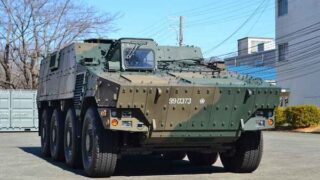
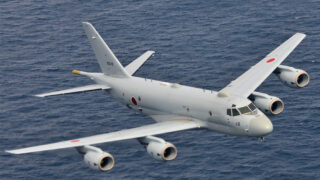
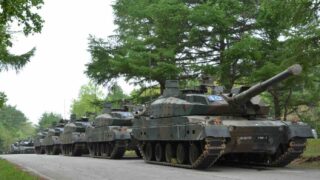
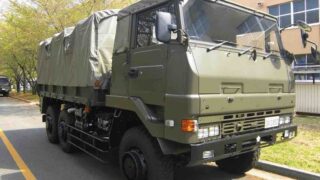
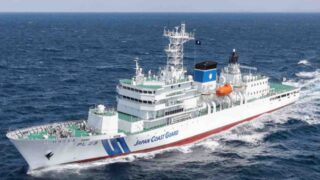
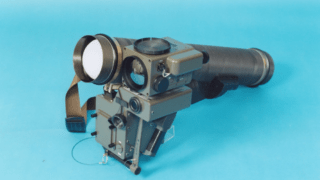
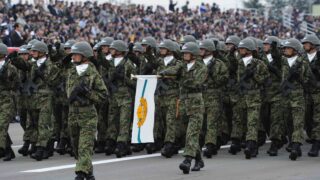
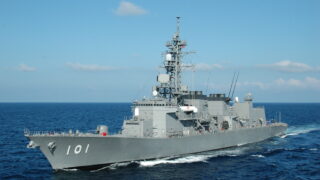
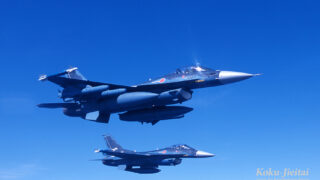
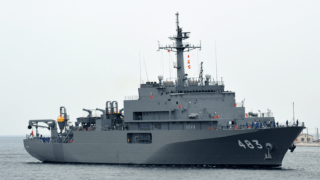
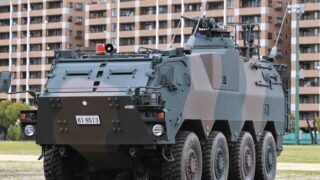
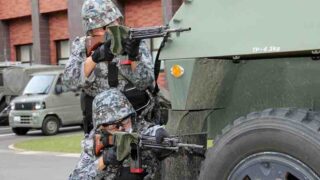
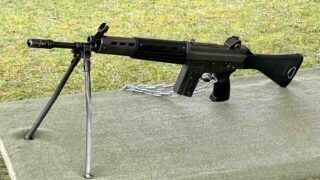
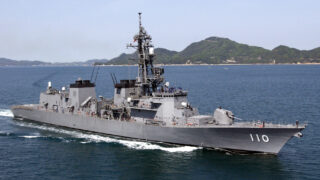
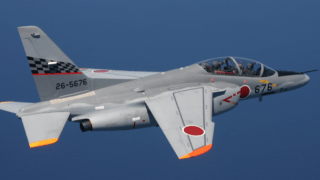
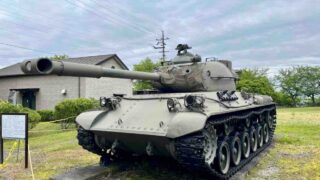
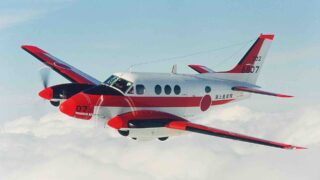
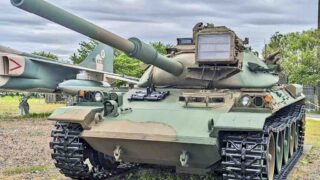

Comments